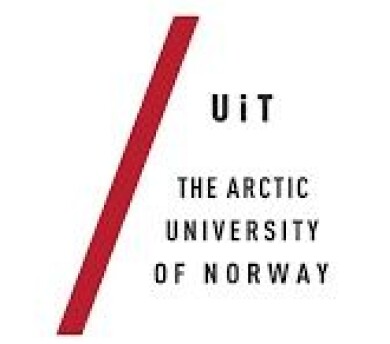This article is produced and financed by UiT The Arctic University of Norway - read more
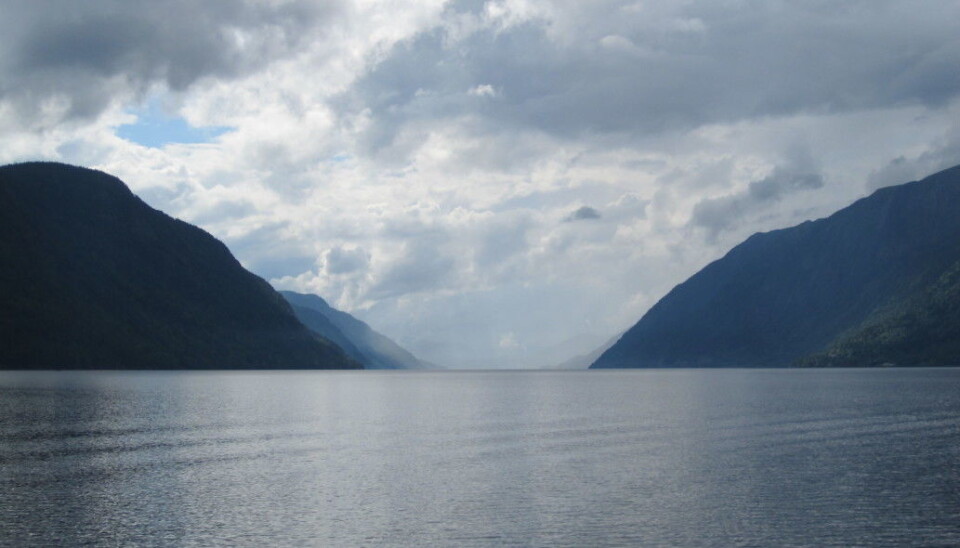
Norwegian saboteurs sank a ferry in 1944. This led to the discovery of a new type of fish, more than 70 years later.
The Germans loaded the ferry full of heavy water. But then it was blown up by saboteurs and sank. 70 years later researchers watching a video from the wreckage see a fish they have never seen before.
In this special scientific tale, you will learn about how the discovery of a small fish is connected to Operation Gunnerside from World War II, a movie by National Geographic and Darwinism.
The discoveries have been documented in a research paper that was recently published in Evolutionary Applications.
But let’s start from the beginning. Or at least what we modern humans regard as the beginning.
Tinnsjøen, Rjukan, February 1944. Loaded with solder containing heavy water, the ferry «Hydro» is sunk by Norwegian saboteurs, to prevent the Germans from obtaining the heavy water necessary to make nuclear bombs. Eighteen people die, and the ferry lies at a depth of 440 meters.
Discovered fish while watching a movie
In 2018, National Geographic makes a documentary about the event, where they among other things follow a group of researchers from NTNU that are examining the ferry wreckage lying in the deep. They record it with the help of mini U-boats.
Fate would have it that a few biologists from UiT The Arctic University of Norway (UiT) and Inland Norway University of Applied Sciences (INN) watch the documentary and the film clips in question. It is not the shipwreck that catches the attention of the biologists. The recordings also show some tiny, almost transparent fishes that swim around the wreckage at the bottom of the deep lake.
“We stared at the screen: Could this be a new type of char?” says an enthusiastic Kim Præbel, who is a professor of biology at UiT The Arctic University of Norway.
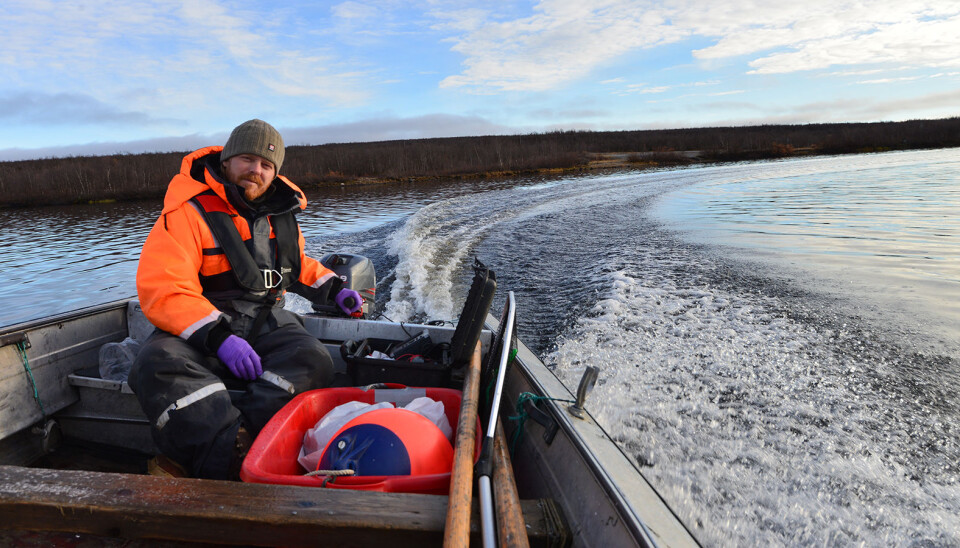
The deep had to be examined
Præbel and his colleague Kjartan Østbye are some of the world’s leading experts when it comes to the speciation of salmonids. They have for 20 years, in collaboration with other scientists, studied how for example whitefish and char have developed evolutionary in Norwegian lakes. Until now, three different char types had been documented in Scandinavia and Finland.
Could this little white fish at the bottom of Tinnsjøen be an undescribed fourth type of char?
Præbel and Østbye decided to examine the depths of Tinnsjøen. Along with them came Doctoral Research Fellow Marius Hassve.
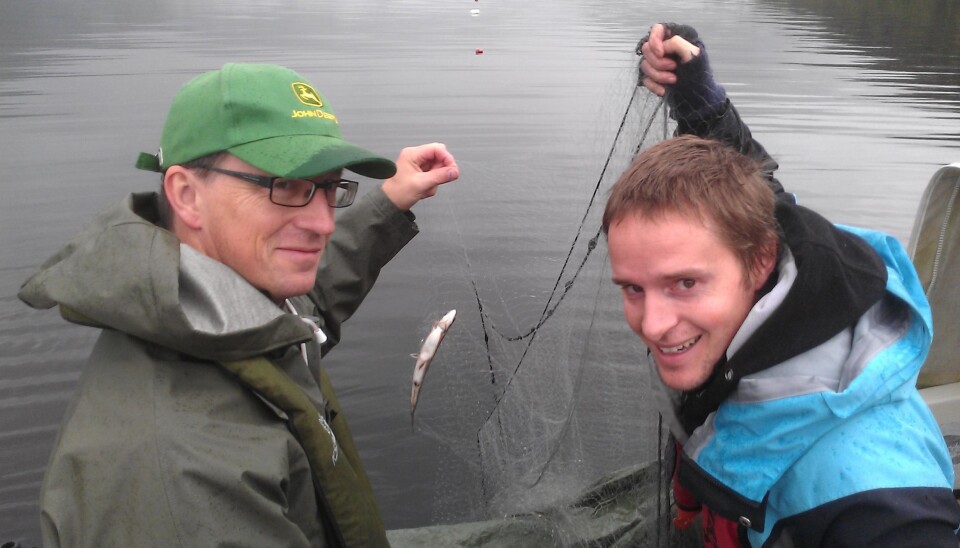
The long chase for the mini char
Tinnsjøen is Norway’s third deepest lake, with a depth of 460 meters. The researchers had never fished that deep before. Neither did they know what method and bait to use.
A period of two years followed, with long days and nights in the boat on Tinnsjøen. Attempt after attempt, with different fishing methods and experimentation with bait. Would they be able to catch a fish that lives its life on such extreme depths?
One of the solutions would prove to be a well-ripened Norwegian cheese, a Ridderost. With this as bait, the biologists were finally successful. One day, a few tiny fishes waited for them in the fish traps. After several more weeks of searching, they had managed to catch 32 specimens of the tiny white fish they had once watched on film, on depths from 150 meters going as far down as 350 meters.
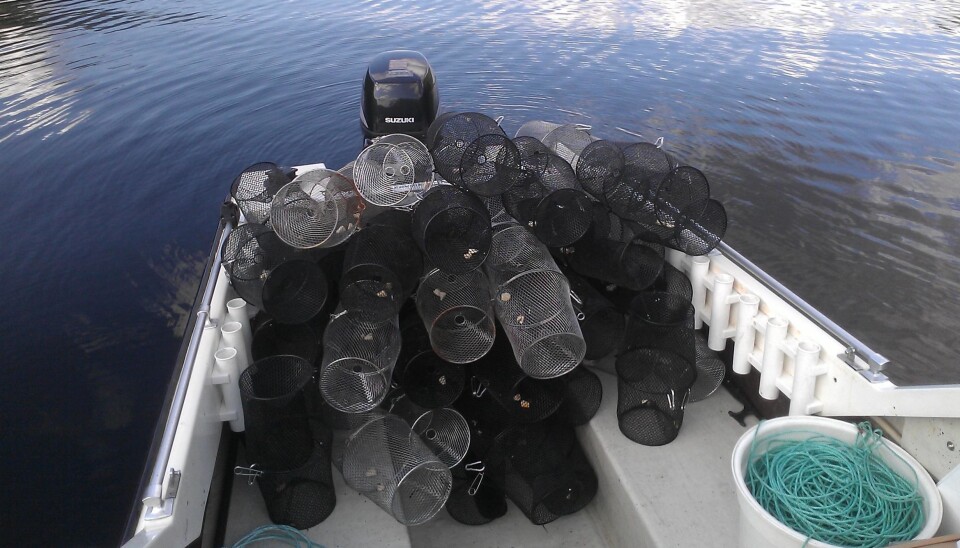
The result?
Surely enough, the scientist’s presumption was confirmed: The tiny fishes were in fact a distinct type of char – even smaller and considerably different in looks from the dwarf char they had already documented in several other lakes.
“We have exciting results of speciation from other lakes, but the discoveries in Tinnsjøen are truly unique”, says Kjartan Østbye, professor at INN.
The four types of char are in some ways genetically different, that is to say, that they do not usually mate with each other. In this sense, they function as ecological species.
“The discovery shows that we have overlooked a huge chunk of biological diversity in the great deep lakes that exist in Norway and the northern areas – and that we need to look at the bigger picture”, Kim Præbel from UiT states.
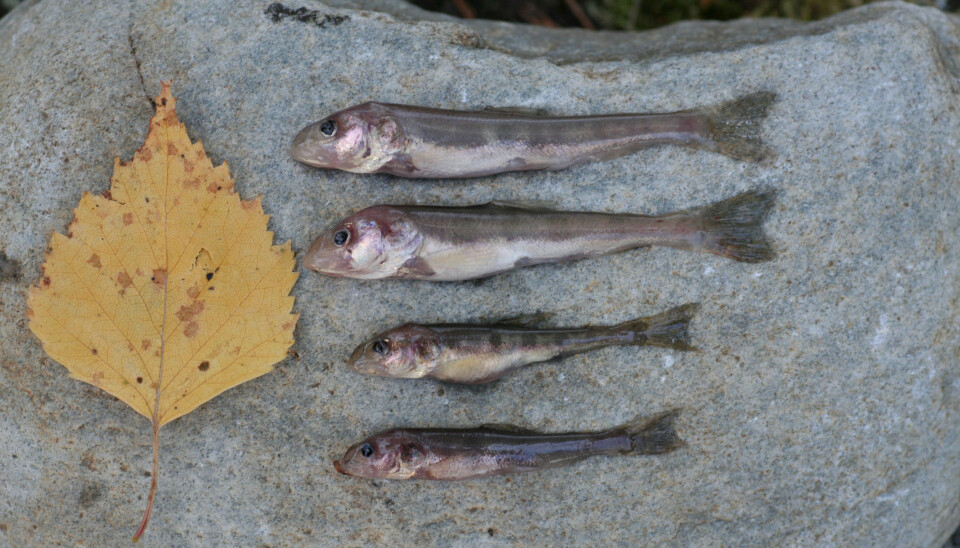
Absence of food has made the fish tiny
The new type of char documented by Præbel and his colleagues only weighs between one to five grams and is less than ten centimetres long.
The small size is probably an adaption to the surroundings in the vast depths of Tinnsjøen, where food is limited. While the regular char has hundreds to thousands of eggs, the deep-water char is so small that it only carries a few eggs – probably less than fifty. But apparently, that is enough for it to keep mating.

Unique findings that support the theory of evolution
“The char system we have documented in Tinnsjøen is unique compared to the rest of the world, and strongly supports Darwin’s theory on the origin of the species”, Præbel says.
The results show that the char has rapidly adapted to different niches of nourishment within the lakes, even if the conditions for nourishment are scarce in a deep, nutrient-poor lake. That is the reason it has split into genetically different types of char, which are early signs of the formation of new species.

Vulnerable diversity
Præbel claims that this shows how important the preservation of so-called ecological niches is, to preserve what biologists speak of as biodiversity; that is to say the diversity of species in nature.
“It is important that those in charge of nature management are aware of how vulnerable this system is, and act accordingly, the professor says.
Similar examples with cohabiting types that are categorized under a shared species, is common within several fish species from different parts of the world. Præbel explains that previous whitefish findings in Finnmark suggests that changes in the ecosystem could lead to collapse, and possibly reconversion of already cohabiting types within the same lake.
“We humans must not interfere with this on-going formation of a new species”, the UiT-professor says.
How has the char developed similarily in different lakes?
Another fascinating aspect of the research is that – except for the new deep-water char that was found in Tinnsjøen – three similar types of char have developed in several different lakes that Præbel and his colleagues have studied, from Troms in the north to Tinnsjøen in the south.
Lakes are, as we know, surrounded by land, and often several hundred kilometres apart. How, then, can the chars develop similarly in all the lakes?
“This is probably because it is the same genetically ancient type of char that immigrated to Norway after the last ice age. It has then adapted to a very similar ecology – that is to say the natural environment, and the nourishment the fish needs is similar in the different lakes”, explains Østbye.
“This is Darwin’s theory of evolution put into practice and is what we call parallel evolution. Nature is awesome!”, Præbel enthusiastically adds.

The option of studying a “new” species
And it does not stop there. There is another aspect that makes this research so fascinating:
Through the chars, one can also study a “newly developed” species, compared to char from areas that were not covered by ice during the last ice age.
The char that lives in the lakes are actually a relatively “new” species, because the lakes were first created after the last ice age, and are therefore only approximately 10 000 years old. That means that the char has only spent about 2000 generations to develop adaptations and its looks the way they are today. That’s like snapping your fingers, evolutionary speaking.
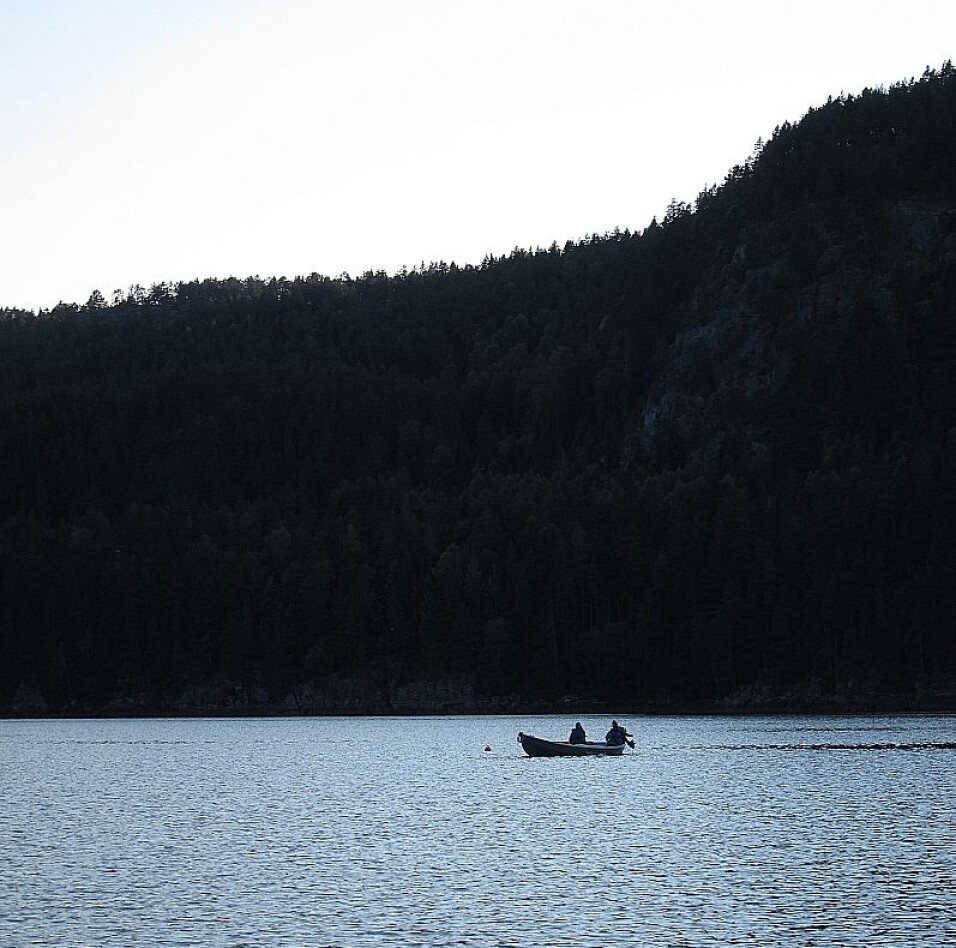
Chars “in the making”
This is why the char makes for an excellent scientific “magnifying glass” for finding out how species are created.
“Compared to other species, for example, deep-water fish in the ocean, that could have spent millions of years to develop into today’s form, the types of char in Tinnsjøen are “in the making”. That is fascinating, say the two professors of biology - who discovered the little deep-water dwarf thanks to a saboteur mission during WW2.
What else might lie in the deep lakes and seas that we have yet to discover?
References:
Bhat, S., Amundsen, P.-A., Knudsen, R., Bernatchez, L., Gjelland, K. Ø., Fevolden S.-E., Præbel, K. (2014) Speciation reversal in European whitefish (Coregonus lavaretus (L.)) caused by competitor invasion. PLOSone 9(3):e91208 Søreide,
F., Dolmen, D., & Hindar, K. (2006). Den mystiske dypvannsfisken i Tinnsjøen. Fauna, 59,122-129. (In Norwegian).
Østbye, K., Hassve, M.H., Tamayo, A.‐M.P., Hagenlund, M., Vogler, T. og Præbel, K. (2020), “And if you gaze long into an abyss, the abyss gazes also into thee ”: four morphs of Arctic charr adapting to a depth‐gradient in Lake Tinnsjøen. Evolutionary Applications. Accepted







